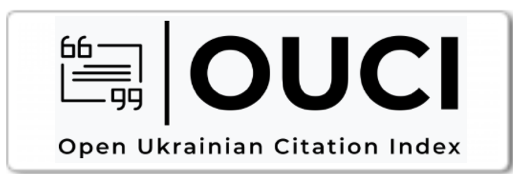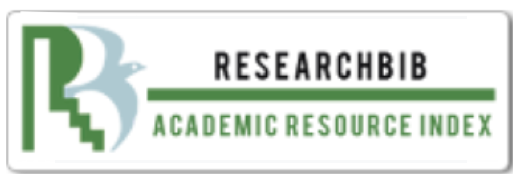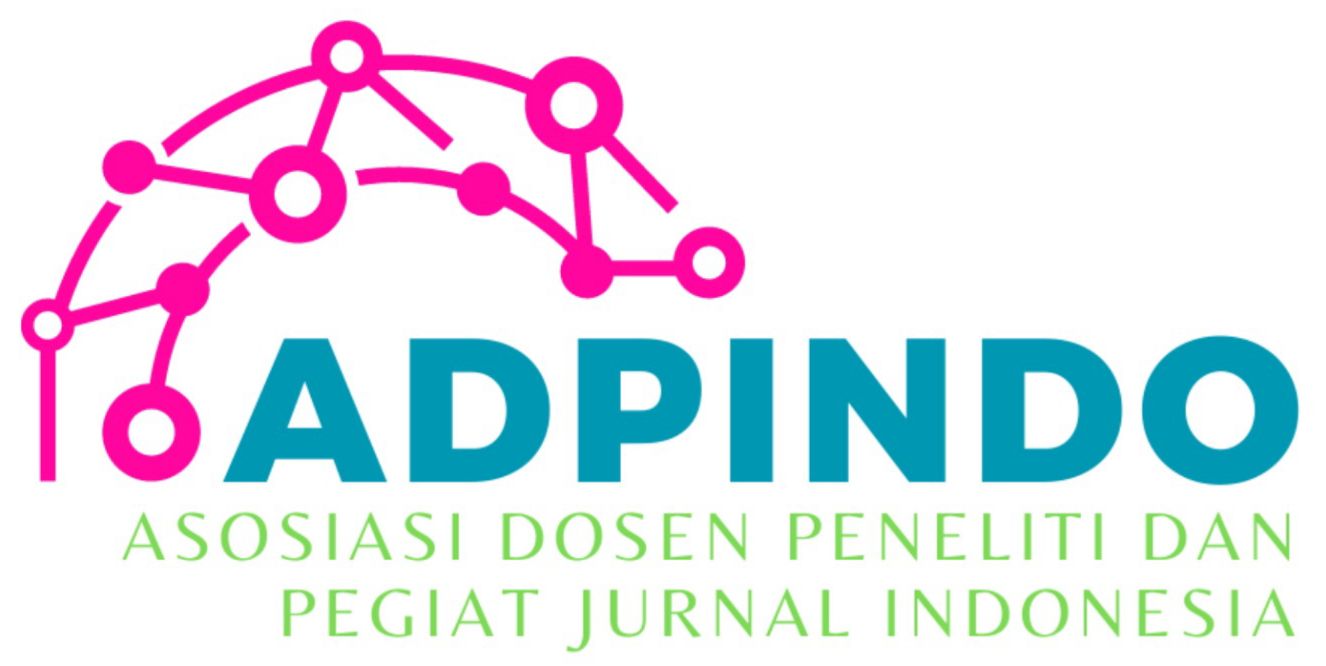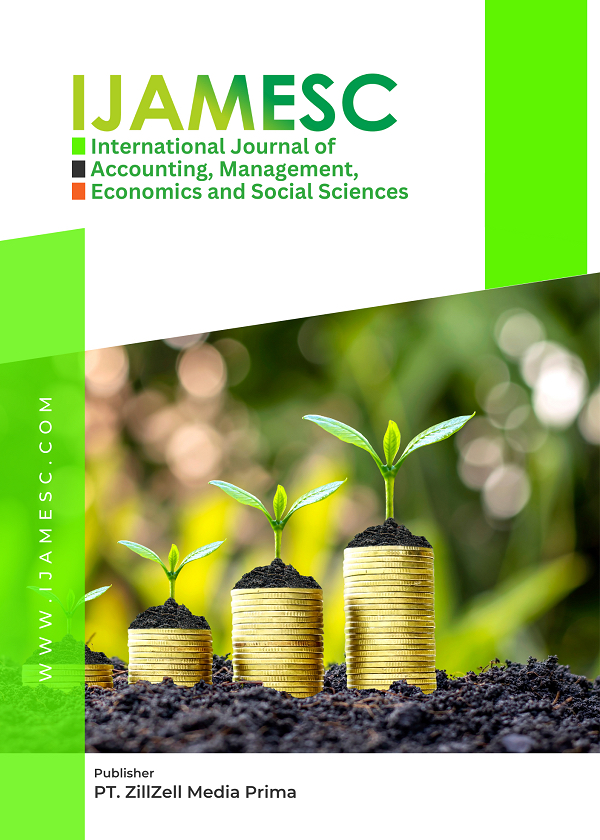BANK-SPECIFIC AND MACROECONOMIC DETERMINANTS OF NON-PERFORMING LOANS (NPLS) IN GHANA: THE CASE OF LISTED BANKS ON THE GHANA STOCK EXCHANGE
Main Article Content
Daniel Amoah
Doris Boakye
Desmond Ofori
Adwoa Agyeiwaah Ampomah-Britwum
This study investigates the determinants of NPLs in Ghana's listed banks, addressing critical research gaps on credit risk analysis in emerging markets. Following Ghana's banking sector reforms and the lack of comprehensive frameworks, this study integrates bank-specific and macroeconomic factors to provide a complete understanding of NPL determinants within the banking sector. Using panel data from seven banks listed on the Ghana Stock Exchange (2010-2020), the study employs random effects regression validated through Hausman testing, integrating Financial Intermediation Theory and Moral Hazard Theory. The model demonstrates strong explanatory power (R-squared = 0.606), revealing significant negative relationships between NPLs and bank-specific variables: Capital Adequacy Ratio (-0.728), Loan-to-Deposit Ratio (-1.075), Return on Equity (-0.436), and Bank Size (-3.935). Bank Size emerges as the most influential determinant, confirming the presence of economies of scale in risk management. The counterintuitive LDR-NPL relationship suggests that aggressive lending is associated with more stringent credit screening procedures. Macroeconomic analysis confirms credit risk's countercyclical nature, with GDP (-1.773) and Money Supply (-1.821) significantly reducing NPLs. The Lending Rate and Inflation show positive but insignificant effects. Practical evidence from recent bank failures validates findings regarding capital adequacy. The study’s contributions include multi-framework integration, robust econometric analysis, and evidence-based recommendations for capital enhancement and risk-based pricing models. Findings highlight the integration of NPL management approaches to address institutional practices and macroeconomic conditions, with implications for banking supervision and monetary policy coordination in emerging economies.
Adusei, C. (2018). Determinants of non-performing loans in the banking sector of Ghana between 1998 and 2013. Asian Development Policy Review, 6(3), 142-154.
Aiyar, S., & Bergthaler, W. (2015). A strategy for resolving Europe’s Problem Loans (IMF Staff Discussion Note SDN/15/19).
Badar M., & Yasmin A. (2013). Impact of macroeconomic forces on nonperforming loans: An empirical study of commercial banks in Pakistan. Journal of Transactions on Business and Economics, 1, (10).
Bank of Ghana (BoG) Report (2020). Banking Act. [Online]. Available at: www.bog.gov.gh (Accessed on 7th June 2023).
Barongo, W. M. (2013). Factors contributing to nonperforming loans in non-banking institutions in Tanzania: A case of National Social Security Fund. Unpublished master's thesis, Open University of Tanzania
Boakye–Adjei, A. & Amuakwa–Mensah, F. (2015). Determinants of non-performing loans in the Ghana banking industry. International Journal of Computational Economics and Econometrics, 5(1), 35-54.
Ghosh, A. (2017). Sector-specific analysis of non-performing loans in the US banking system and their macroeconomic impact. Journal of Banking & Finance, 81, 155-169.
Jeong, S., & Jung, H. (2013). Bank wholesale funding and credit procyclicality: Evidence from Korea. Panoeconomicus, 60(5), 615–631.
Kjosevski, J., & Petkovski, M. (2017). Non-performing loans in Baltic States: determinants and macroeconomic effects. Baltic Journal of Economics, 17(1), 25-44.
Kjosevski, J., Petkovski, M., & Naumovska, E. (2019). Bank-specific and macroeconomic determinants of NPLs in the Republic of Macedonia: Comparative analysis of enterprise and household NPLs. Economic Research-Ekonomska Istraživanja, 32(1), 1185-1203.
Koju, L., Koju, R., & Wang, S. (2018). Macroeconomic and bank-specific determinants of non-performing loans: Evidence from the Nepalese banking system. Journal of Central Banking Theory and Practice, 7(3), 111-138.
Kristianti, R. A., & Yovin, F. (2016). Factors affecting bank performance: Cases of top 10 biggest government and private banks in Indonesia in 2004 - 2013, Review of Integrative Business Economics Research, 5(4), 371-378.
Kumar, M., Eichengreen, B., & Gambacorta, L. (2018). The determinants of bank profitability in the Chinese banking industry. Pacific Economic Review, 23(3), 267-287.
Ozili, P. K. (2019). Non-performing loans and financial development: New evidence. The Journal of Risk Finance, 20(1), 59-81.
Rahman, M. M., Zheng, C., & Ashraf, B. N. (2018). Bank size, risk-taking, and capital regulation in Bangladesh. Eurasian Journal of Business and Economics, 11(21), 43-64.
Swamy, V. (2012). Impact of macroeconomic and endogenous factors on non-performing bank assets, The International Journal of Banking and Finance, 9, (1), 27-47.
Viswanadham, N. (2015). Determinants of non-performing loans in commercial banks: A study of NBC bank, Dodoma, Tanzania. International Journal of Finance and Banking Studies. 4(1), 2147-4486
Vouldis, A. T., & Louzis, D. P. (2018). Leading indicators of non-performing loans in Greece: the information content of macro-, micro-, and bank-specific variables. Empirical Economics, 54(3), 1187-1214.
Doris Boakye, Department of Accounting and Finance, Christian Service University, Ghana







































